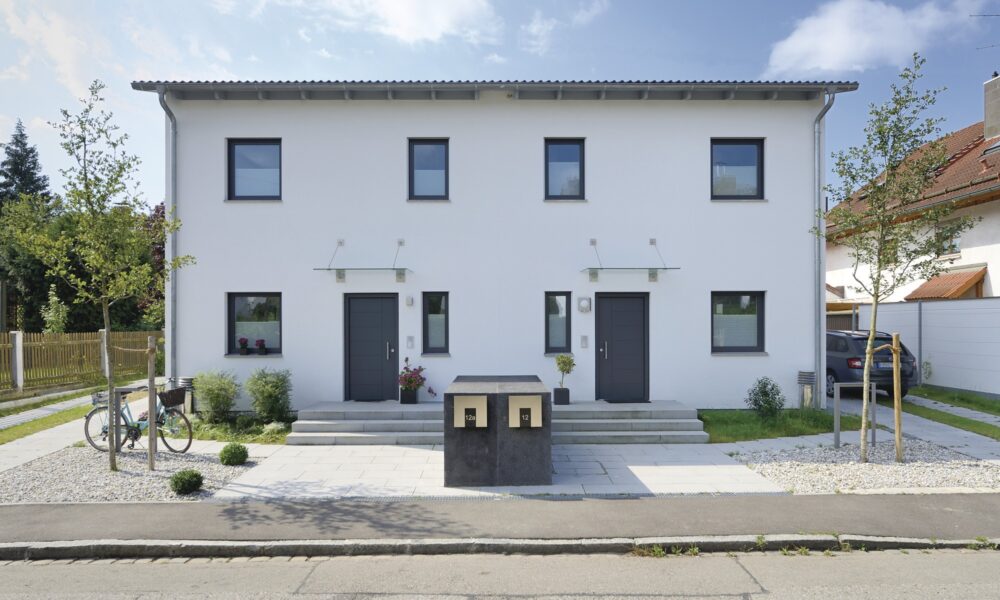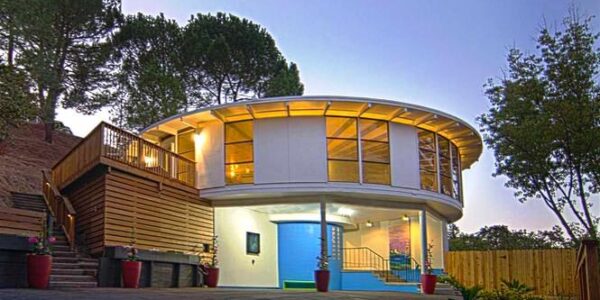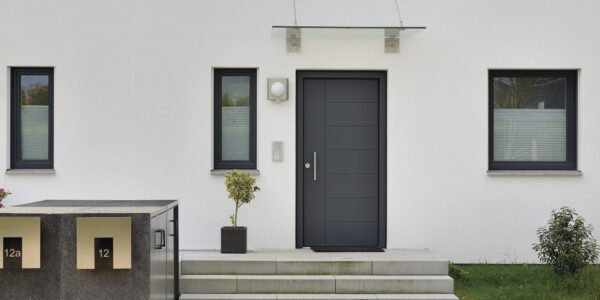
CLT Panels
EuroMbao produces structural elements in wood and offers designers and businesses extensive technical support. At the design stage, EuroMbao engineers develop a pre-dimensioning of the structure, which we use when machining the parts, and during the construction phase. The panels come preformed at the EuroMbao plants, ready to be transported and assembled directly on site.
EuroMbao panels are made up of red spruce boards cross-layered and glued orthogonally; for this reason they are also referred to as CLT (Cross Laminated Timber).
The Material
XLAM panels are made up of red spruce boards cross-layered and glued orthogonally; for this reason they are also referred to as CLT (Cross Laminated Timber) production.
Pre-Dimensioning
Based on the architectural project, EuroMbao offers free pre-dimensioning using the BIM collaborative design system. Thanks to this integration of information regarding volumes and dimensions, it is possible to obtain a very precise pre-dimensioning of the structure.
Structural Engineering
Structural engineering and dimensioning include static verification of the panels, as well as of metal components and connections. This is followed by graphic construction of the building, which will enable the detailed design, including all the construction details.
Panels Details
Production
The production of EuroMbao panels relies on a highly automated process performed in a controlled temperature range of +20° to +22° C and an ambient humidity of 50/60%.
Quality Control
In the course of a working day, internal laboratories subject the panels to two types of tests: a junction break test, and a delamination test.
Delivery
EuroMbao delivers CLT panels using its own fleet. The panels are stored horizontally or vertically inside the vehicle and secured with disposable belts.
Crosslam Timber / CLT-Fire Resistance and rating
One of the major advantages of Cross Laminated Timber is its inherent fire resistance. CLT can be designed to accommodate substantial fire resistance and unlike steel remains structurally stable when subjected to high temperatures. CLT panels can be produced with fire resistances of 30, 60 and 90 minutes.
|t’s easy to see why any form of timber construction can pick-up a reputation for fire risk, but for solid wood and Cross Laminated Timber, performance in a fire is a long way from their timber frame cousins.
To understand how efficient CLT is in a fire, we should start with the understanding that fire resistance is the ability of a material to confine a fire or to continue to provide a structural function or both. The measure of fire resistance is the time elapsed from the start of the fire up until the point where the material fails to function. Typically resistance is expressed in minutes eg FR 30, 45, 60 or 120.
CLT’s fire resistance is provided through ‘charring’. As the face of the timber panel is exposed to a fire that ramps up to a temperature in excess of 400 degrees C, the surface of the timber ignites and burns at a steady rate. As the timber burns it loses its strength and becomes a black layer of ‘char’. The char becomes an insulating layer preventing an excessive rise in temperature within the unburnt core of the panel. It is this unaffected core which continues to function for the period of the fire resistance.
To achieve the designed fire resistance period there must be sufficient virgin solid timber remaining behind the char layer to sustain the loads applied. Therefore each CLT panel within the building must be designed for the fire resistance period and the specific loadings applied to that panel.





